Gartner's Magic Quadrant 2018: Data Center Outsourcing And Hybrid Infrastructure Managed Services

Solution Providers Leading The $20 Billion DCO/HIMS Charge
Solution providers are leading the way in delivering data center outsourcing and managed services totaling a whopping $20 billion in annual revenues in North America alone, according to Gartner's 2018 Magic Quadrant for Data Center Outsourcing and Hybrid Infrastructure Managed Services, North America.
Market demand for data center managed services is being generated by customers’ desire to reduce their own data center footprint while leveraging the economic benefits of new technologies such as automation. "Customers must implement faster, more agile and transformational approaches to their infrastructure sourcing strategies," said Gartner in the Magic Quadrant report.
Business is booming for solution providers who can integrate digital infrastructure components, deliver transformation solutions – such as cloud migration and workload optimization – as well as the ability to support DevOps requirements and rapidly provide innovation in the data center. These market leaders manage physical servers and virtual machines (VMs), while also providing enterprise resource planning (ERP) managed services for Oracle and SAP systems.

Data Center Outsourcing And Hybrid Infrastructure Managed Services Methodology
To make Gartner's Magic Quadrant, companies needed the ability to deliver data center managed services in America and Canada including data center outsourcing (DCO), hybrid infrastructure managed services (HIMSs), ERP hosting, services around data center transformation, cloud migration and private cloud services. Companies must generate at least $100 million in revenues in North America in order to make the Magic Quadrant.
Gartner's Magic Quadrant ranks vendors on their ability to execute and completeness of vision and places them in four categories: Niche Players (low on vision and execution), Visionaries (good vision but low execution), Challengers (good execution but low vision) and Leaders (excelling in both vision and execution). For this particular quadrant, there were no companies listed in the 'Visionaries' category.
Here are the 20 vendors that made Gartner's 2018 Data Center Outsourcing and Hybrid Infrastructure Managed Magic Quadrant in North America, along with assessments of each company's strengths and weaknesses in the space.
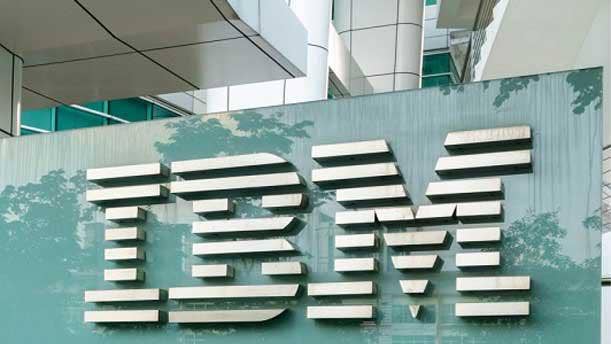
Leader: IBM
North America DCO/HIMS 2017 Revenue: $4.4 Billion
IBM, owner of IBM Global Services – ranked No.1 on CRN's 2018 SP500 list – was the leader in execution and placed second in vision on the Magic Quadrant. IBM's automation-first approach is working to drive client retention and lower cost with better service for customers. IBM manages more than 53,000 physical servers, including 43,000 public cloud servers, and 22,000 VMs. IBM provides ERP hosting for SAP systems with 870,000 users as well as 440,000 users for Oracle systems. The company is embarking on an aggressive strategy to drive operational automation efficiencies into North America with expected 30 percent improvements in cost.
In terms of weaknesses, IBM has low revenue growth given the level of investment and status in the market. IBM's focus on mainframe appears too predominant compared to public-cloud enabled services. Gartner said clients have challenged IBM's pricing, saying that it does not reflect market rates.
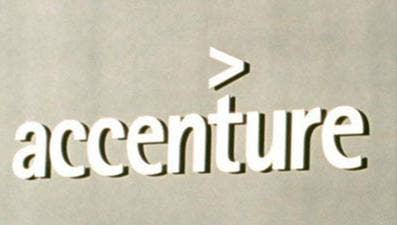
Leader: Accenture
North America DCO/HIMS 2017 Revenue: $1.6 Billion
Accenture was the leader in vision on the Magic Quadrant and ranks among the middle of the pack in execution. The Dublin-based company, ranked No. 2 on CRN's 2018 Solution Provider 500 list, focuses on a cloud-first strategy that leverage application and infrastructure expertise to move customer solutions to the cloud for specific industries. The company manages nearly 100,000 physical servers and more than 81,000 VMs, including 35,300 VMs in the public cloud. Accenture provides ERP hosting for 250,000 SAP users and 300,000 Oracles users. Accenture is directing clients to SaaS applications leveraging innovative technology like serverless computing along with services like AWS Lambda.
In terms of weaknesses, Accenture's software-defined, cloud-first and microservices-enabled cloud migration is complex and sophisticated, requiring a client to have highly skilled technical management capabilities. Gartner said some clients pointed to challenges with Accenture's service desk and general communications.

Leader: Tata Consultancy Services
North America DCO/HIMS 2017 Revenue: $1.3 Billion
TCS ranks No. 2 in execution and No. 4 in vision on the Magic Quadrant. The India-based solution provider, ranked No. 3 on CRN's 2018 SP500, has restructured to create a Cognitive Business Operations that provides customers with measurable business outcomes and industry-aligned solutions. TCS manages more than 163,000 physical servers and 870,000 VMs, including 32,000 public cloud VMs. The company provides ERP hosting for 1.5 million SAP users and 700,000 Oracle users. TCS has extensive business value metrics including customer churn, cost reductions and revenue enhancement to demonstrate its value derived from clients.
In terms of weaknesses, TCS has yet to penetrate the midsize enterprise market and provides mainframe services alongside other hosting vendors. Gartner said customers scored the company as below average in terms of innovation, and expressed concerns about TCS's ability to bring more innovation forward.
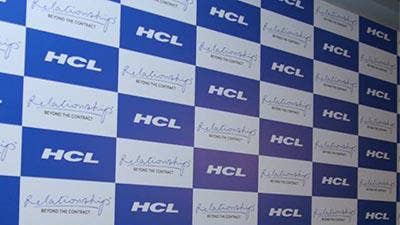
Leader: HCL Technologies
North America DCO/HIMS 2017 Revenue: $1.1 Billion
HCL Technologies placed third in vision and fifth in execution on the Magic Quadrant. The India-based solution provider providers a comprehensive transformation journey that allows customers to go at their own pace and continues to invest in innovative data center solutions and services. HCL manages 52,000 physical servers and 602,000 VMs, including more than 72,000 cloud VMs. The company provides ERP hosting for SAP systems to 550,000 users and 490,000 Oracle users. HCL has a proven set of automation capabilities that has boosted revenue growth while reducing staff.
In terms of weaknesses, HCL does not have a plan to address the small and medium enterprise market in North America. The company is striving to execute on many fronts with a large number of upgrades activities planned which may slow down the provider's ability to generate momentum in new offerings.
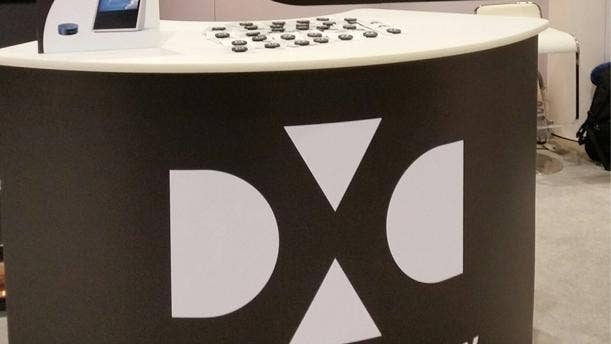
Leader: DXC Technology
North America DCO/HIMS 2017 Revenue: $2.3 Billion
DXC Technology ranks No. 6 for both execution and vision on the Magic Quadrant. The Tysons, Va.-based solution provider, ranked No. 10 on CRN's 2018 SP500 list, focuses on delivering digital disruption through technology, scale, skills, efficiency and customer intimacy. DXC manages more than 92,000 servers and 135,000 VMs, including about 3,000 public cloud VMs. The solution provider provides ERP hosting for 1.4 million SAP users and just under 80,000 Oracle users. Gartner said DXC's skills on solving client business "is hard to ignore,” offering a full spectrum of DCO/HIMS capabilities and a global footprint to deliver hybrid infrastructure services. The company has also created a framework to rapidly migrate customers to the cloud.
In terms of weaknesses, DXC is struggling with the consolidation of HPE's enterprise services business and CSC. The organizational complexity of the merger may cause some difficulties in delivering services. Gartner said clients report that DXC lacks agility and urgency in responding to client requests.
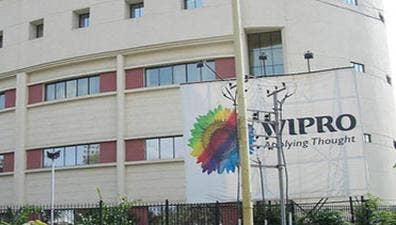
Leader: Wipro
North America DCO/HIMS 2017 Revenue: $896 Million
Wipro placed fifth in execution and among the middle of the pack in vision on the Magic Quadrant. The India-based solution provider has a four-pronged approach to provide digital transformation that focuses on mainframe, intelligent operations, edge computing and cloud. Wipro manages 133,000 physical servers and more than 690,000 VMs, including 15,000 public cloud VMs. The company providers ERP hosting for nearly 3.1 million Oracle users and 790,000 SAP users. Wipro is striving for end-to-end automation with a clearly defined path from legacy to the cloud with hybrid services to bridge the gap.
In terms of weaknesses, Gartner said Wipro has below average client scores regarding continuous improvement and innovation, as well as for cloud migration and workload optimization. Wipro needs to find ways to leverage investments beyond its existing client base.
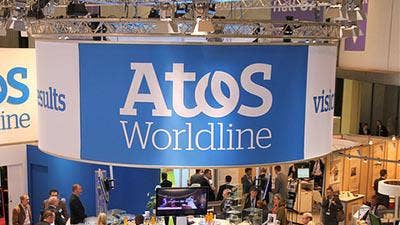
Leader: Atos
North America DCO/HIMS 2017 Revenue: $1.6 Billion
Atos placed fifth in vision and among the middle of the pack in execution on the Magic Quadrant. The $15 billion France-based solution provider provides customized digital transformation for customers through the provision of modular building blocks involving cloud and cognitive solutions, artificial intelligence, high-performance computing, system integration and security. Atos manages 54,000 physical servers and 84,000 VMs, including 3,000 public cloud VMs. The company providers ERP hosting for 300,000 SAP users and 560,000 Oracle users. Atos' focus on digital transformation services has resulted in generating more than one-third of its total revenue from these services.
In terms of weaknesses, Atos' approach of driving revenue growth through acquisitions could disguise challenges in organic growth. The company could improve the level of automation of its end-to-end solutions. Gartner said some clients reported Atos' staff is lacking in specific technical skill sets.
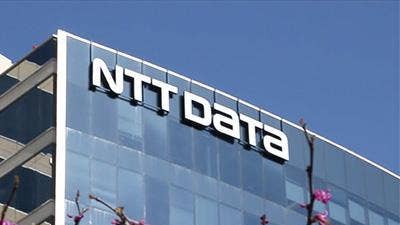
Challenger: NTT Data
North America DCO/HIMS 2017 Revenue: $1.1 Billion
NTT Data ranks No. 3 in execution and among the middle of the pack in vision on the Magic Quadrant. The Tokyo-based company has a rigorous approach to new business that focuses on identifying engagements where it can delver value quickly and efficiently. NTT Data manages more than 51,000 physical servers, including 1,000 public cloud servers, and 76,000 VMs. The company providers ERP hosting for 78,000 SAP users and 73,000 Oracle users. NTT Data strategy is on four key areas: workflow with automated provisioning, analytics optimization, component portability and platforms. The vision gives the company the ability to drive continuous optimization of workflows and enables a hybrid infrastructure.
In terms of weaknesses, NTT Data has experienced minimal revenue growth in the DCO/HIMS market, while also lacking in winning larger deals. It's staff-to-revenue ratio is imbalanced which could result in pricing pressures. Gartner said clients cited concerns of lack of innovation and vision.
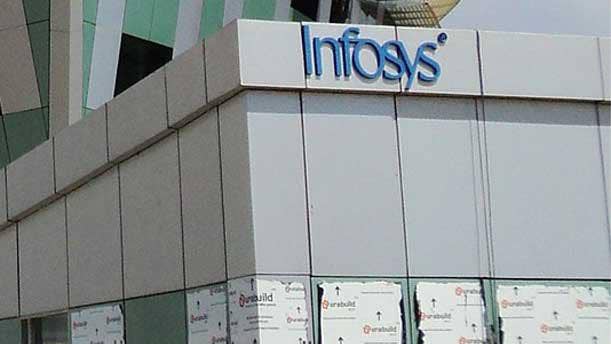
Challenger: Infosys
North America DCO/HIMS 2017 Revenue: $779 Million
Infosys ranks No. 4 in execution and among the middle of the pack in vision on the Magic Quadrant. The India-based solution provider has taken an automation first approach along with a business-aligned operation focus on modernization and software-defined everything. Infosys manages 75,000 physical servers and more than 145,000 VMs, including 6,000 public cloud VMs. The company providers ERP hosting for 416,000 SAP users and 870,000 Oracle users. Infosys has taken an aggressive approach to establish a quick-wins program tailored for each client that demonstrates value soon after engagement, setting the stage to bring innovation to clients early.
In terms of weaknesses, Infosys market share is relatively small based on its position. Although the company has a wide array of automation process, its level of automation for those processes is below average. Gartner said a few clients reported a lack in resources in a timely manner.
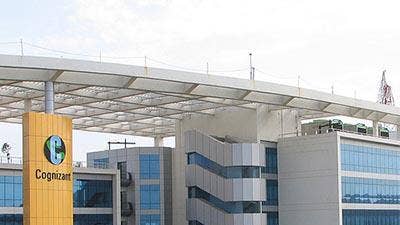
Challenger: Cognizant
North America DCO/HIMS 2017 Revenue: $886 Million
Cognizant ranks among the middle of the pack for both execution and vision on the Magic Quadrant. The Teaneck, N.J.-based solution provider, ranked No. 6 on CRN's SP500 list, is focused on driving digital transformation to the global 2,000 enterprises. Cognizant is restructuring itself into three services lines to boost transformation sales: digital business, digital operations, and digital systems and technology. The company manages more than 73,000 physical servers and 314,000 VMs, including 26,000 public cloud VMs. Cognizant provides ERP hosting for 170,000 SAP users and 250,000 Oracle users. The company is focused on local delivery for client proximity to attract new transformation opportunities.
In terms of weaknesses, Cognizant's strategy is primarily technology delivery and relies on the customer to deliver the overall business outcome. The company's HIMS automation success is below average. Gartner said clients scored Cognizant low in industry expertise and thought leadership.
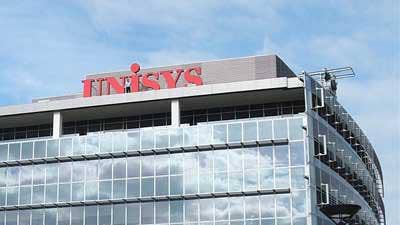
Challenger: Unisys
North America DCO/HIMS 2017 Revenue: $306 Million
Unisys ranks among the middle of the pack for both execution and vision on the Magic Quadrant. The Blue Bell, Pa.-based solution provider, ranked. No. 21 on CRN's 2018 SP500, heavily invests in developing the Unisys Cloud Management Platform and its Software-Defined Enterprise and Automation with the goal of supporting digitalization requirements for customers. Unisys manages 22,000 physical servers and 19,000 VMs, including 5,000 public cloud VMs. The company providers ERP hosting for 145,000 SAP users and 3,000 Oracle users. Unisys' cloud consulting first strategy assessment is resulting in a clear cloud roadmap for customers, while its focus on artificial intelligence and automation is reducing costs.
In terms of weaknesses, Unisys relies on its partner ecosystem for portions of delivery capabilities such as automation IP which could limit differentiation. Additionally, the company's investments in automation tools remains somewhat behind the competition.
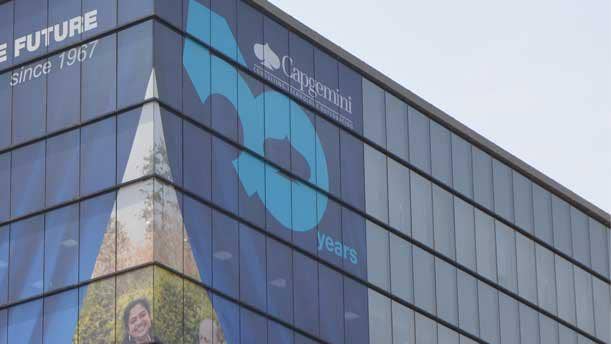
Challenger: Capgemini
North America DCO/HIMS 2017 Revenue: $540 Million
Capgemini ranks among the middle of the pack for both execution and vision on the Magic Quadrant. The France-based solution provider, ranked No. 4 on CRN's SP500 list, views the move to cloud as being application-centric. Capgemini developed eAPM, which is a methodology for analytics, providing a decision-making framework for cloud migration and rationalization. The company manages more than 10,000 physical servers and 44,000 VMs, including 6,000 public cloud instances. It provides ERP hosting for 500,000 SAP users and 14,000 Oracles users. Capgemini's leverages automation to improve standards of service and reduce cost.
In terms of weaknesses, profit margins for Capgemini's DCO/HIMS in 2017 decreased despite improvement in automation and a shift in labor to low-cost locations. A majority of its digital transformation deals have a duration of less than six months. Gartner said several clients cited internal communications and turnover as needing improvement.
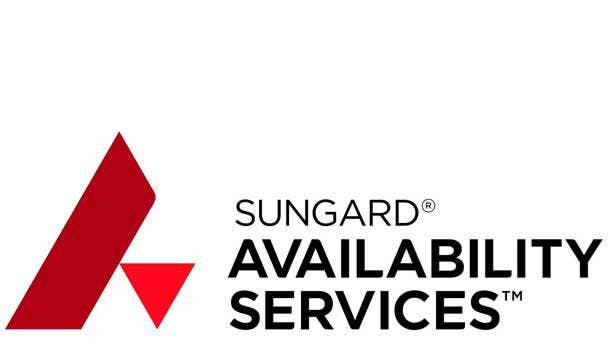
Challenger: Sungard AS
North America DCO/HIMS 2017 Revenue: $661 Million
Sungard AS ranks among the middle of the pack in execution and among the bottom in vision on the Magic Quadrant. The Wayne, Pa.-based solution provider uses a combination of managed public and private cloud to enhance its recovery and resilience services with hybrid hosting capability, IT transformation and cloud consultancy services. Sungard AS manages 4,000 physical servers and 9,300 VMs, including less than 400 public cloud VMs. The company provides ERP hosting for 24,000 SAP users and 7,500 Oracles users. Sungard's strategy is to provide fully recoverable production services while offering service resilience and compliance.
In terms of weaknesses, Sungard relies heavily on its disaster recovery portfolio and hybrid-to-cloud offerings, only recently investing around digital transformation innovation. The company was late to market in cloud offerings and automation. Gartner said clients scored Sungard AS low in value for money.
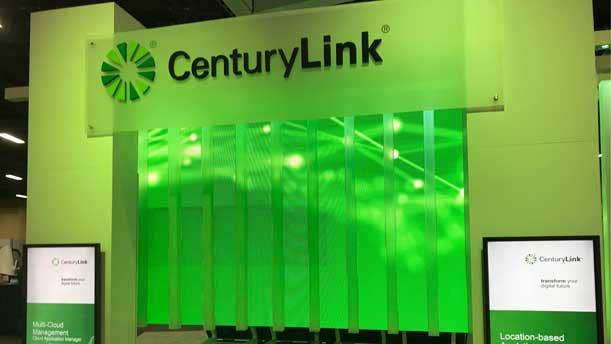
Niche Player: CenturyLink
North America DCO/HIMS 2017 Revenue: $757 Million
CenturyLink ranks among the middle of the pack in execution and among the bottom in vision on the Magic Quadrant. The Monroe, La.-based service provider has divested its data center and colocation business and acquired Level 3 Communications to grow its network footprint. CenturyLink offers its own public cloud, multiple flavors of private cloud and the ability to integrate and connect other hyperscale cloud service providers. It manages 19,000 physical servers and 14,000 VMs, including 2,200 public cloud VMs. CenturyLink provides ERP hosting for 280,000 SAP users and 400,000 Oracle users.
In terms of weaknesses, DCO is a small part of the overall business with DCO's revenue falling by 16 percent year over year in 2017. CenturyLink capabilities in HIMS and managed multi-cloud services is still evolving. Gartner clients said the company is slow to adopt new technologies.
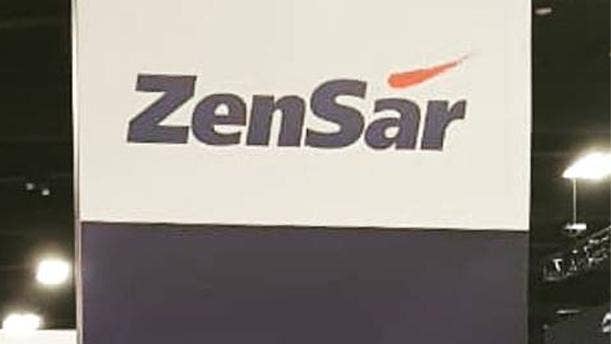
Niche Player: Zensar Technologies
North America DCO/HIMS 2017 Revenue: $262 Million
Zensar Technologies ranks last place in vision and among the bottom of the pack in execution on the Magic Quadrant. The India-based company has a clear strategy to support digital transformation through its intelligent platform, The Vinci, along with a program that helps clients modernize their IT environment. Zensar manages 123,000 physical servers, including 2,000 public cloud servers, and 24,000 VMs. The company provides ERP hosting for 18,700 Oracle users and 1,200 SAP users. Zensar addresses application managed needs through an automated delivery capability and has been successful in migrating data center workloads into AWS and other cloud platforms.
In terms of weaknesses, Zensar's offerings tend to appeal to smaller clients and more investment needs to be made to achieve market appeal and scale. The company's automation capabilities lag behind many of its competitors. Gartner said some clients expressed concerns about a lack of standardize methodologies.
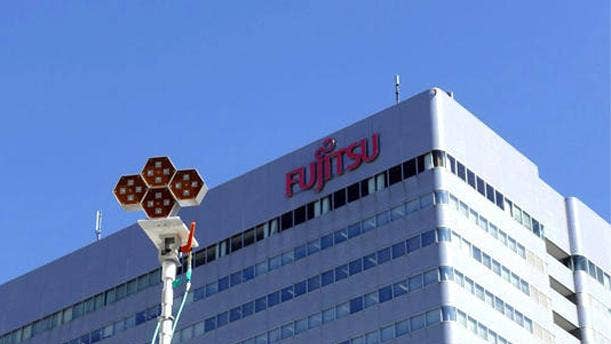
Niche Player: Fujitsu
North America DCO/HIMS 2017 Revenue: $283 Million
Fujitsu ranks among the middle of the pack in vision and near the bottom in execution on the Magic Quadrant. The $18 billion Tokyo-based company’s digital transformation strategy is based around its Digital Services Business Unit focused on cloud, Internet of Things and artificial intelligence. Fujitsu managed 3,000 physical servers and 5,000 VMs, with little public cloud servers under management. The company provides ERP hosting for 226,000 SAP users and 154,000 Oracle users. Fujitsu brings an application lead approach to customers and focuses on transportation, retail, hospitality and manufacturing verticals.
In terms of weaknesses, Fujitsu remains a small player in the North American market and its go-to-market visibility is low for DCO. The company's overall growth in public cloud remains low. Gartner said overall customer satisfaction for Fujitsu was below average compared to competitors.
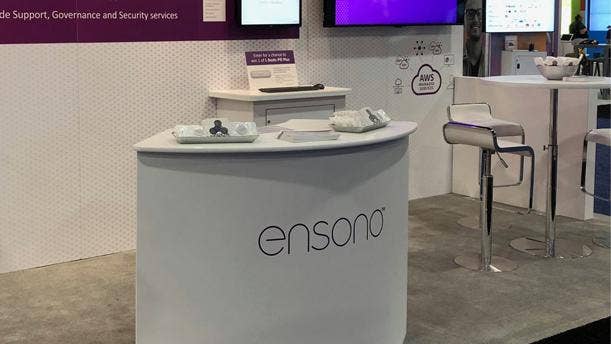
Niche Player: Ensono
North America DCO/HIMS 2017 Revenue: $215 Million
Ensono ranks among the bottom of the pack for both execution and vision on the Magic Quadrant. The Downers Grove, Ill.-based solution provider acquired Wipro's hosted data center services business, which doubles its revenue and head count, and has expanded its public cloud offerings with AWS and Azure by acquiring Inframon. Ensono manages 7,000 physical servers and 7,400 VMs. The company provides limited ERP hosting for SAP and Oracle systems in North America. Ensono differentiates itself in the market by solely focusing on hybrid IT and tying together disparate application and infrastructure environments through the Ensono M.O. platform.
In terms of weaknesses, Ensono is behind in automation capabilities and ERP offerings as it works towards developing SAP cloud offerings. Gartner said some clients feel there's a lack of thought leadership and the company received below average scores for cloud migration, private cloud and industrialized services.
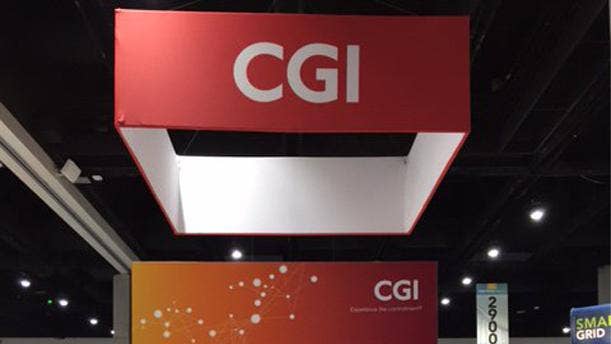
Niche Player: CGI Group
North America DCO/HIMS 2017 Revenue: Unknown
CGI Group ranks among the bottom of the pack for both execution and vision on the Magic Quadrant. The Montreal-based consultancy firm, ranked No. 16 on CRN's 2018 SP500, has a client-led strategy that uses insights into customer priorities gained from its 'Voice of Our Clients' program. CGI also has a bimodal delivery model that's designed to be flexible and responsive to customer needs. CGI declined to provide Gartner with data on the number of physical servers, VMs, ERP clients and North American revenues. CGI's hybrid offerings cover traditional DCO, remote infrastructure management services, dedicated private cloud services, certified cloud offerings for federal government requirements and public cloud managed services.
In terms of weaknesses, CGI has a limited footprint for SAP and Oracle hosting-based solutions, plus a smaller public cloud footprint compared to its North American competitors. Gartner said many clients reported that CGI is nonresponsive to requests for solution changes and does not deliver innovation.
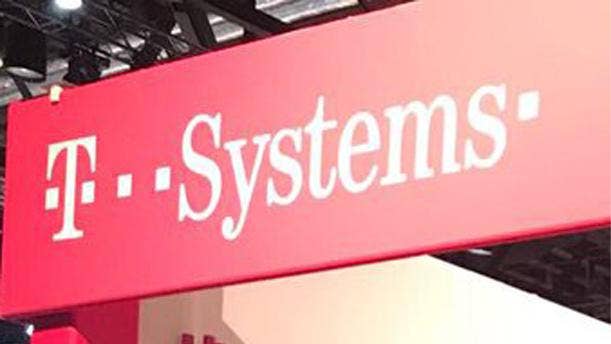
Niche Player: T-Systems
North America DCO/HIMS 2017 Revenue: $184 Million
T-Systems ranks among the middle of the pack in vision and near the bottom in execution on the Magic Quadrant. The Germany-based subsidiary of Deutsche Telekom aligns its service portfolio and strong automation capabilities with data collected through IoT that's stored and analyzed securely. T-Systems manages 11,000 physical servers and 8,000 VMs. The company provides ERP hosting for 680,000 SAP users, but doesn't have an Oracle ERP offering. T-Systems' strategy is to move toward a portfolio-centric organization with an end-to-end focus on quality delivery for customers.
In terms of weaknesses, T-Systems has one of the lowest numbers of servers managed per staff member compared to competitors. Ongoing falls in its margins suggest it still has underlying operational costs issues. Gartner said some clients reported that the company needs to increase its speed and innovation, international presence and proactivity.
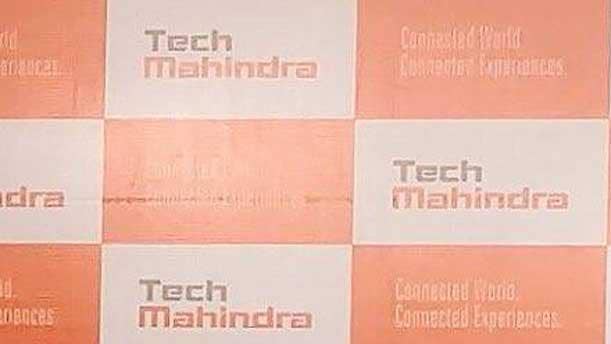
Niche Player: Tech Mahindra
North America DCO/HIMS 2017 Revenue: $250 Million
Tech Mahindra ranks last in execution and near the bottom in vision on the Magic Quadrant. The India-based company is reskilling itself for digital transformation and IoT through its new Digital, Automation, Verticalization, Innovation and Disruption (DAVID) strategy. Last year, the company acquired CJS Solutions Group to help execute its digital transformation roadmap. Tech Mahindra declined to provide Gartner with data on the number of physical servers, VMs and ERP clients it manages. The company leverages automation to drive productivity and operational benefits.
In terms of weaknesses, Tech Mahindra needs to work on market recognition and its messaging in the DCO/HIMS space. Cloud penetration across its server management business is lower than competitors as well as its cloud portfolio. The company must improve its cost transparency, quality of service and account management.